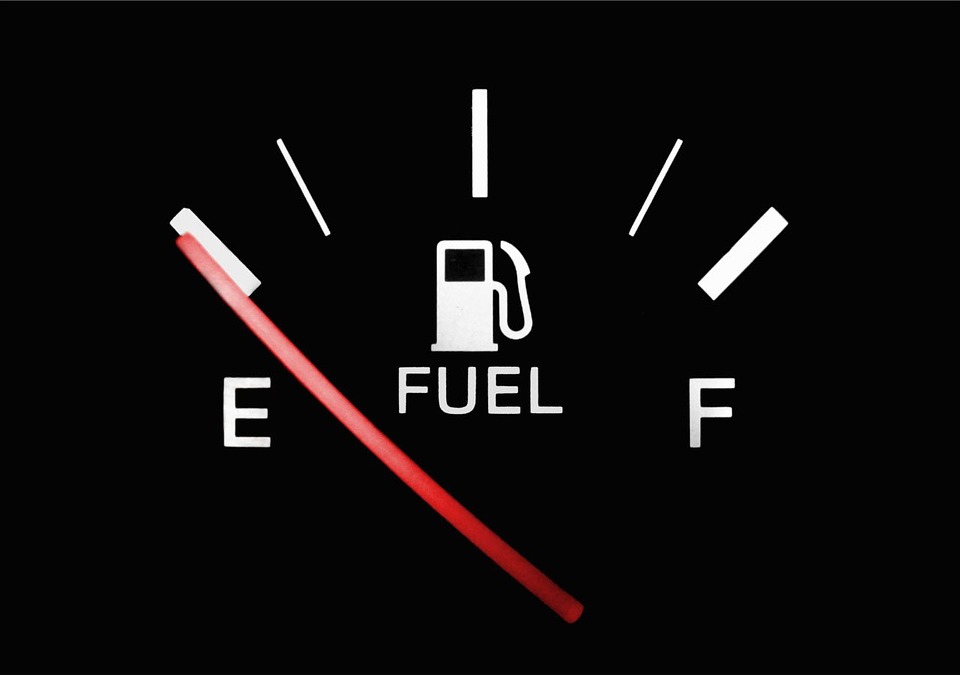The rising prices of Fuels and short/medium/long term solutions*– by Shailendra V.Gokhale
As petrol price in Mumbai has crossed Rs.87 per Ltr. and Diesel price Rs.77 per Ltr.,the common man is worried, since it has started making a hole in his pocket. There is an argument that in 2014,prices of petrol & diesel were lower@Rs.64 though crude price in 2014 was more, at an average of $96. The argument is valid, but let me share my views(with facts & figures),which are completely apolitical.
We need to understand the tax structure for the petroleum goods. Currently Central excise duty(CED) and State VAT are charged on both Petrol and Diesel, since they are not under the ambit of GST. The central excise duty on petrol in 2014 was Rs.9.48 per Ltr, which was gradually increased to the level of Rs.21.48 per Ltr. In case of Diesel, it went up from Rs.3.56 to Rs.17.33 per Ltr. This was reduced by Rs.2 per Ltr.in October 2017,in view of negative sentiments of the public towards rising fuel costs.
In my view, the gradual increase in CED was done to balance the reverse crude shock impact, as crude fell down to $49 avg.in 2015 and further to $41 avg. in 2016. This is typically a principle of price elasticity, as people were used to pay a certain price for fuel( indexed to their purchasing power), while Central Government could make use of additional income collected from additional excise duty to fund various mega-projects and retire some of the debts.
As mentioned above, there is also a state VAT on Petrol and Diesel. It is at least 25% in 20 states with the highest in Mumbai at 39.78%.The State VAT on diesel is more than 20% in 12 states and highest of 28.47% in Andhra Pradesh. So both Central excise duty and VAT put together,say in Delhi,we pay 37.3% taxes on Diesel and on Petrol, we pay approx.46.7% on Petrol. In Mumbai,obviously they are much higher.
So if prices of both Petrol and Diesel have to be reduced, the simplest solution is to reduce CED and VAT,to give an immediate relief to the common man. But is that a sustainable solution? Let me give you a different perspective here, before I present my solution and conclude the article.
India is the 2nd largest importer of Crude oil from Iran in the world( after China). There were some pending dues India owed to Iran for the crude oil imported when western sanctions were in place on Tehran. This was almost $6.5 bn (about Rs 43,400 crore),which India had to clear in 2016. While I am not an economist, the improved collection thru’ CED would have reduced burden on retiring such debts to some extent,I feel. Another aspect is the subsidy of LPG and Kerosene. India is staring at fuel subsidy burden ,which could be in the range of Rs.34,000 Cr. to Rs.53,000 Cr. with rising crude. Again you need a healthy collection of CED & VAT to support fuel subsidy. It is important that Kerosene prices are not highly subsidised, otherwise there is a danger of diesel adulteration, which India has witnessed in the past. Also it is important that Government continues to provide a subsidy to LPG, as it is a cleaner fuel. Thirdly,India is making a transition to BS VI from BS IV fuel (at par with some of the best countries) by April 2020 ,for which Refineries are making a huge investment. If we ask Oil companies to share the burden by subsiding the fuel prices, they will incur losses and find difficult to support programme like BS VI.
Though Finance Minister remained non-committal on cutting excise duty to cushion spiralling petrol and diesel prices,I feel that Government is worried because clearly external factors like brent crude crossing $77 and rupee crossing level of 70 against dollar will adversely impact all the major macroeconomic variables such as current account,fiscal deficit,GDP growth,inflation etc.
India imports more than 80% of its oil needs and has spent $87.7 bn in 2017~18. With avg.crude price of $65 per barrel and rupee stying around 70 per dollar for rest of the ongoing fiscal, oil import will be whopping $114 bn in 2018~19.
In my view, the short-term solution is to reduce the CED and VAT to reasonable level,before it starts affecting the long-term prospects of the economy( again I am not the economist,so will leave to experts to suggest that reasonable level). Not only central government,but state government will also need to play their role. The mid-term solution would be to bring all the petroleum products under the ambit of GST. Another mid-term solution is to create the strategic reserves of crude into some parts of the country. The long-term solution is of course, on finding the ways to reduce the dependence of India on importing the fossil fuels.
@ Shailendra V.Gokhale|09Sept 2018
